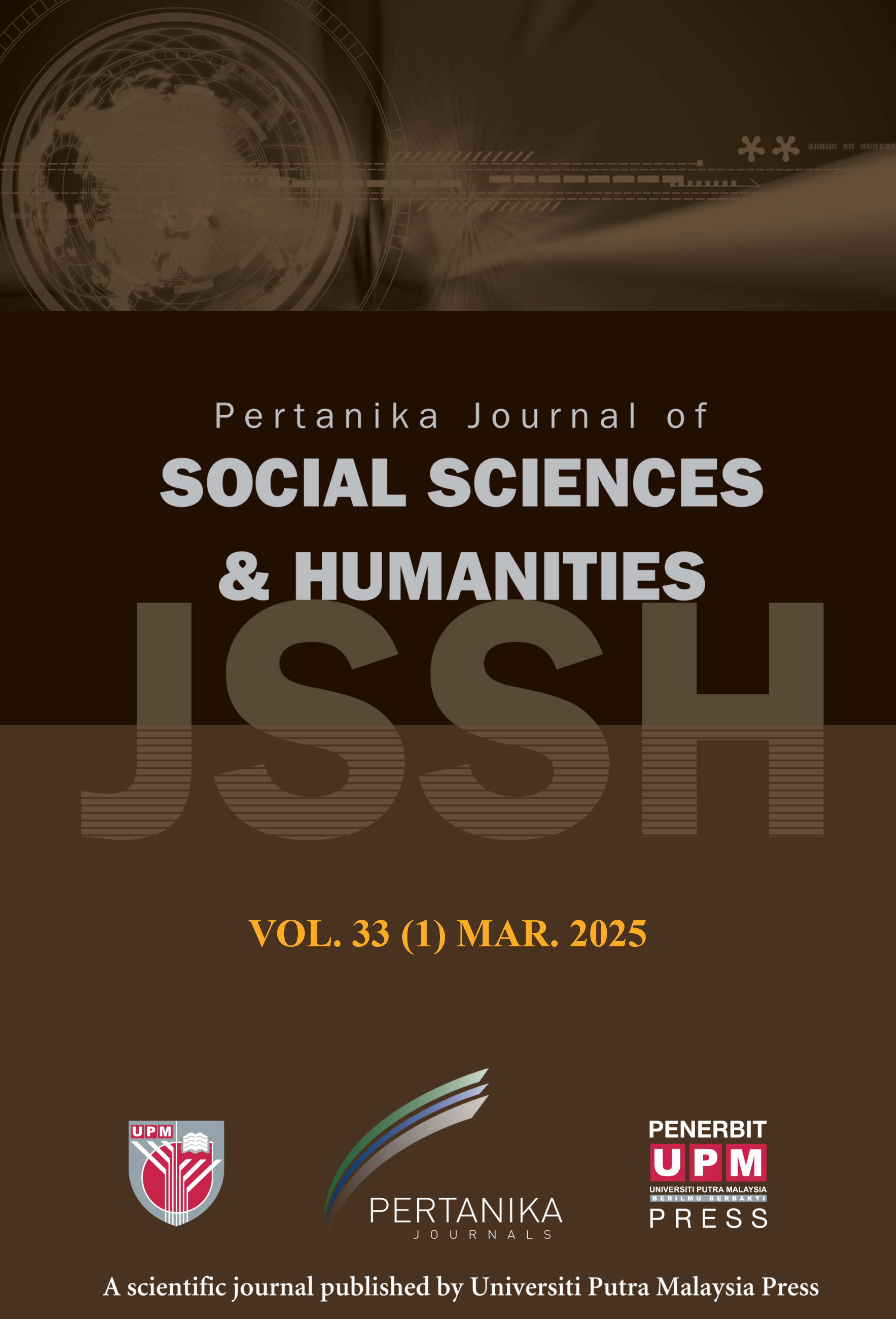PERTANIKA JOURNAL OF SOCIAL SCIENCES AND HUMANITIES
e-ISSN 2231-8534
ISSN 0128-7702
Pre-Retirement Withdrawal Patterns and Determinant Factors: A Case Study of Malaysian Employee Provident Fund Members
Muhammad Ridza Mohd Azizi, Yong Zulina Zubairi and Rohana Jani
Pertanika Journal of Social Science and Humanities, Pre-Press
DOI: https://doi.org/10.47836/pjssh.33.5.01
Keywords: Old-age savings, pre-retirement withdrawal, provident fund utilization, retirement savings
Published: 2025-10-17
Retirement savings provide a crucial safety net and pave the way for financial independence in old age. The Employee Provident Fund (EPF) in Malaysia, a national retirement savings scheme, provides members with a pre-retirement withdrawal option, which may cause depleted savings for members. What are the withdrawal patterns, and how much has this impacted the contributor? The study investigates the impact of pre-retirement withdrawal on the savings balance among Malaysian EPF members between the ages of 55 and 59, focusing on withdrawal patterns, motivations, and demographic factors that influence the likelihood of making a pre-retirement withdrawal using data from a nationwide survey conducted in 2015-2016. Findings reveal that the majority of members had modest savings of less than RM100,000. They mostly use partial withdrawals, with the largest withdrawals coming from those with the smallest savings. Buying property and renovating houses are the primary reasons for withdrawal. The study identifies ethnicity and education level as important predictors of pre-retirement withdrawal behaviour. These active withdrawals significantly reduce retirement savings, potentially leading to delayed retirement, extended work hours, and an increased risk of poverty in old age. The findings highlight a potential challenge to retirement security for many EPF members. The incidence of withdrawals, particularly among those with lower savings, raises concerns about the need for governmental initiatives that encourage rational savings behaviour. Focusing on a financial literacy campaign can help educate members about the present bias and repercussions from pre-retirement withdrawals, thus allowing them to make informed decisions and proper financial planning.
ISSN 0128-7702
e-ISSN 2231-8534
Share this article
Recent Articles

